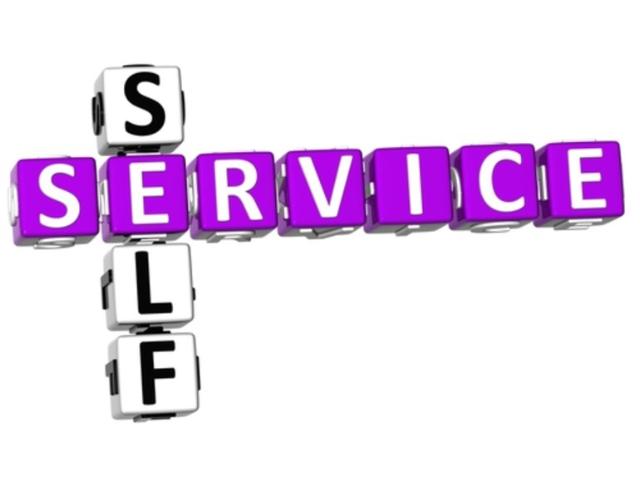Blog
Web Self-Service, Part One
DynamicWeb
Learn how customers and businesses benefit from web self-service.
Whether or not you actually sell your goods online, your customers are bound to have questions about your products and your company. Web self-service is one of the most cost efficient ways to answer those questions.
Consider a normal customer service telephone call. According to Forrester, the average customer service call costs the company between $6 and $12. That’s per call. If your customers help themselves through web self-service on a company website, the savings add up quickly.
The benefits aren’t just for the company either. Customers want to be empowered. Forrester’s research shows that 72% of online consumers in the US prefer to use web self-service to get answers to their questions rather than contacting the company directly via telephone or email.

One advantage for customers is that Internet help is available when they want it. Unlike the limited times permitted by your office hours or a call center, web self-service is up 24 hours a day, 7 days a week.
The availability issue greatly reduces frustration. We’ve all been there. We have a problem with a product, and we just want to get our issue solved right now. Sometimes, it’s not really that important, but it’s what we want at that moment. With web self-service, you’re available when the customer wants you to be, improving the customer experience and encouraging repeat business.
Customers not only want web self-service on their own time, they also want self-service to save them time. Many customers have routine inquiries that have quick and easy answers. The customer might want to check the shipping status of a product they ordered or to see if their account was billed.
These are answers you have in your systems. There’s no logical reason to withhold this information until your customer calls a 1-800 number, sits on hold, and listens to elevator music for 15 minutes. By integrating your website with your backend systems, like your ERP and CRM, you make account information available to your customers in realtime with a simple login.
A web self-service solution saves them time and you money. There’s even a butterfly effect that helps your other customer service channels as well. According to a survey from Unisphere Research, 45% of executives with web self-service reported measurable reductions in phone inquiries and 39% reported less emails received.
When the majority of simple quick fixes are solved online, this frees up your other representatives and lowers the wait times. The shorter wait times and quicker email turnaround then improve the customer experience for those who do reach out for help.
In any truly competitive industry, the customer experience is an effective way to differentiate yourself from your competition. Web self-service empowers consumers because it allows them to find what they want on their own time. And as a very nice bonus, it also saves you money.
But what are the best ways to implement web self-service on your website? What are effective tools for empowering your prospects and customers? Stay tuned for Web Self-Service, Part II at the Dynamicweb blog.